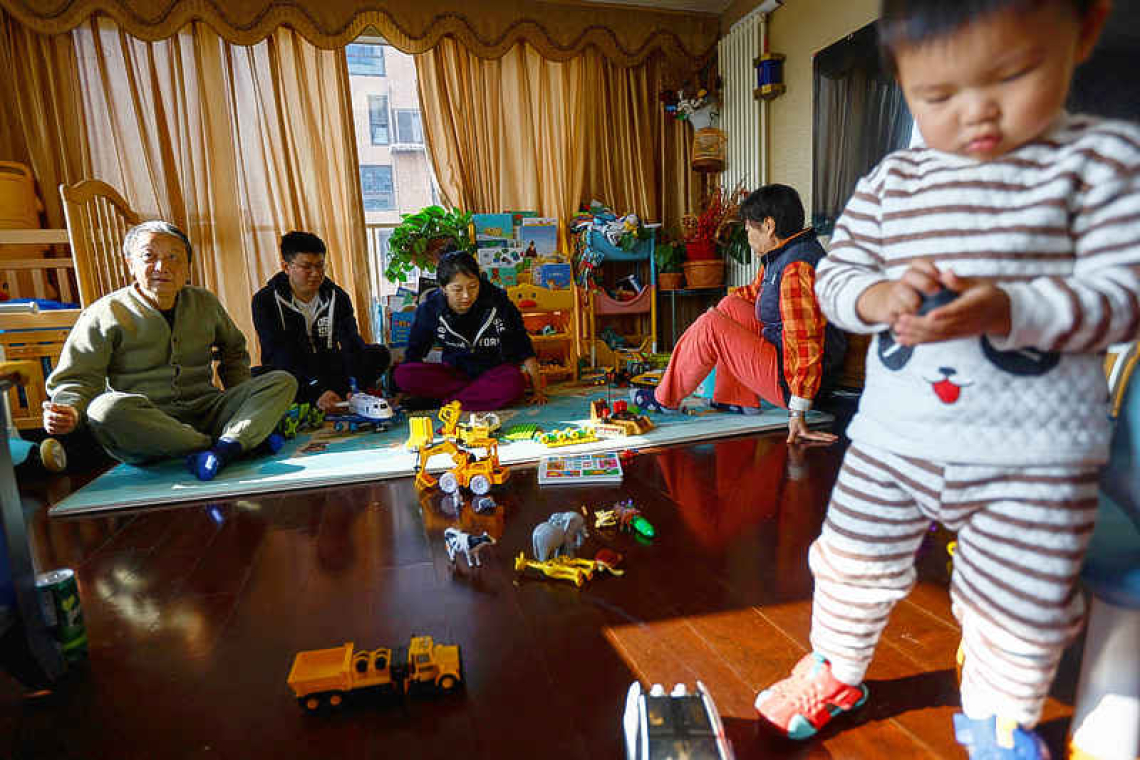BEIJING/HONG KONG--China's population fell last year for the first time in six decades, a historic turn that is expected to mark the start of a long period of decline in its citizen numbers with profound implications for its economy and the world.
The country's National Bureau of Statistics reported a drop of roughly 850,000 people for a population of 1.41175 billion in 2022, marking the first decline since 1961, the last year of China's Great Famine. That possibly makes India the world's most populous nation. U.N. experts predicted last year India would have a population of 1.412 billion in 2022 though they did not expect the South Asian nation to overtake China until this year.
India, however, only collects population figures every 10 years and its latest census, originally scheduled for 2021, has been delayed due to the pandemic.
Long-term, U.N. experts see China's population shrinking by 109 million by 2050, more than triple the decline of their previous forecast in 2019. That's caused domestic demographers to lament that China will get old before it gets rich, slowing the economy as revenues drop and government debt increases due to soaring health and welfare costs.
"China's demographic and economic outlook is much bleaker than expected. China will have to adjust its social, economic, defense and foreign policies," said demographer Yi Fuxian.
He added that the country's shrinking labour force and downturn in manufacturing heft would further exacerbate high prices and high inflation in the United States and Europe. "Economic growth will have to depend more on productivity growth," added Zhiwei Zhang, chief economist at Pinpoint Asset Management.
Kang Yi, head of the national statistics bureau, dismissed concerns about the population decline, telling reporters that "overall labour supply still exceeds demand".
China's birth rate last year was just 6.77 births per 1,000 people, down from a rate of 7.52 births in 2021 and marking the lowest birth rate on record. The number of Chinese women of childbearing age, which the government defines as aged 25 to 35, fell by about 4 million, Kang said.
The death rate, the highest since 1974 during the Cultural Revolution, was 7.37 deaths per 1,000 people, which compares with a rate of 7.18 deaths in 2021.
Much of the demographic downturn is the result of China's one-child policy imposed between 1980 and 2015 as well as sky-high education costs that have put many Chinese off having more than one child or even having any at all. The one-child policy and a traditional preference for boys have also created a deep gender imbalance. The latest data shows China with around 722 million males compared to 690 million females. The imbalance, which is more pronounced in rural areas, has led to fewer families being formed in recent years.







